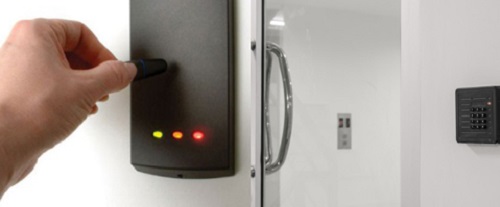
At IDS, we recently installed a range of new security systems for the Gilfach Goch Fire Station in Rhondda Cynon Taf. The fire station asked us to install fire alarms, intruder alarms and access control systems on both the inside and outside of their station.
More...

In short, yes. A burglar alarm acts as both a deterrent and an alert system, making your property less vulnerable to break-ins. Additionally, having an alarm system installed can sometimes save you money on home insurance premiums.
In the United Kingdom, there’s a burglary every 106 seconds. That’s over 815 burglaries per day! Statistically speaking, at least one burglary will occur somewhere in the UK while you’re reading this article.
The average cost of a residential burglary is a whopping £3,030 (according to the Office for National Statistics) so it’s worth looking into the benefits of having an alarm system installed.
More...

The short answer is: burglar alarms can have batteries, but they don’t always need them.
More...

Installing an alarm system is a great way of ensuring your premises stay safe from burglars. This means choosing the right type of alarm system is very important. Read on to find out why we recommend an alarm system with fobs.
More...

When it comes to selecting a security alarm, it can be difficult to know which one to go for since there’s such a wide range of systems available on the market. Identifying how burglars might try and enter your home can help you select the best security system to keep you and your property safe.
In this blog post we’re going to be taking a look at some of the most common methods that home invaders use to invade residential properties, and some of the best ways you can protect your property and prevent attacks on your home.
More...